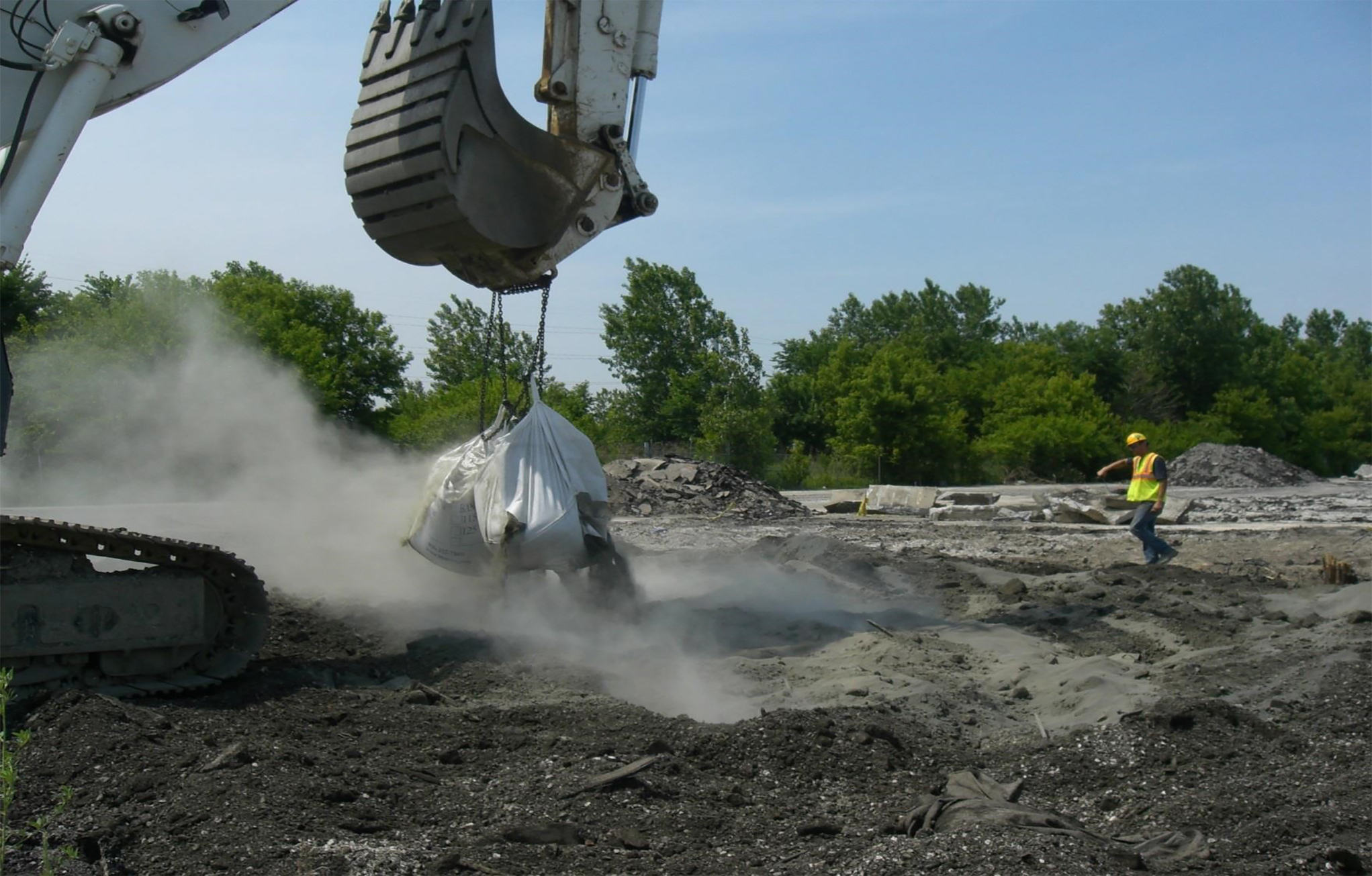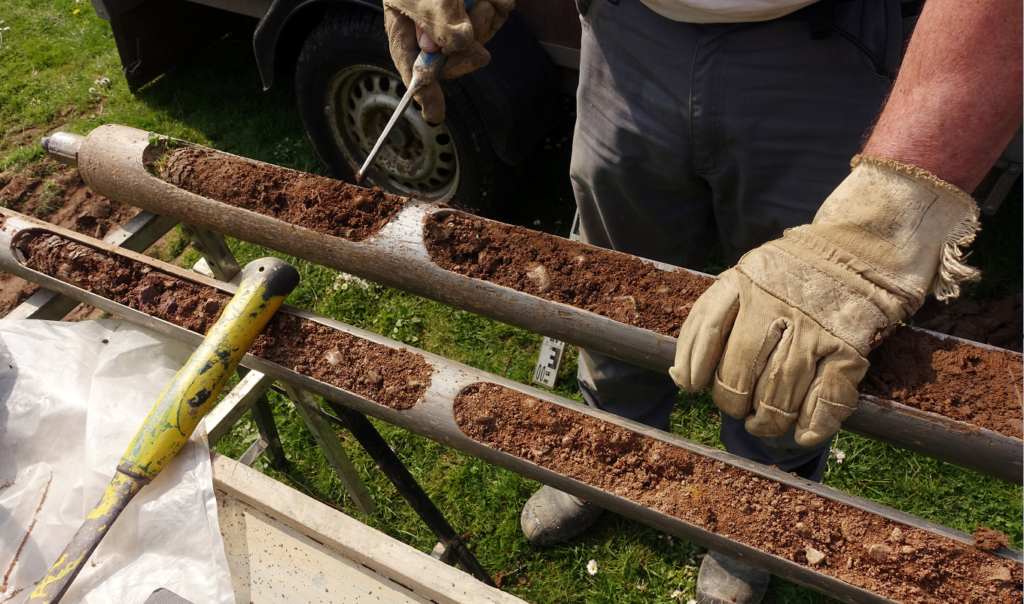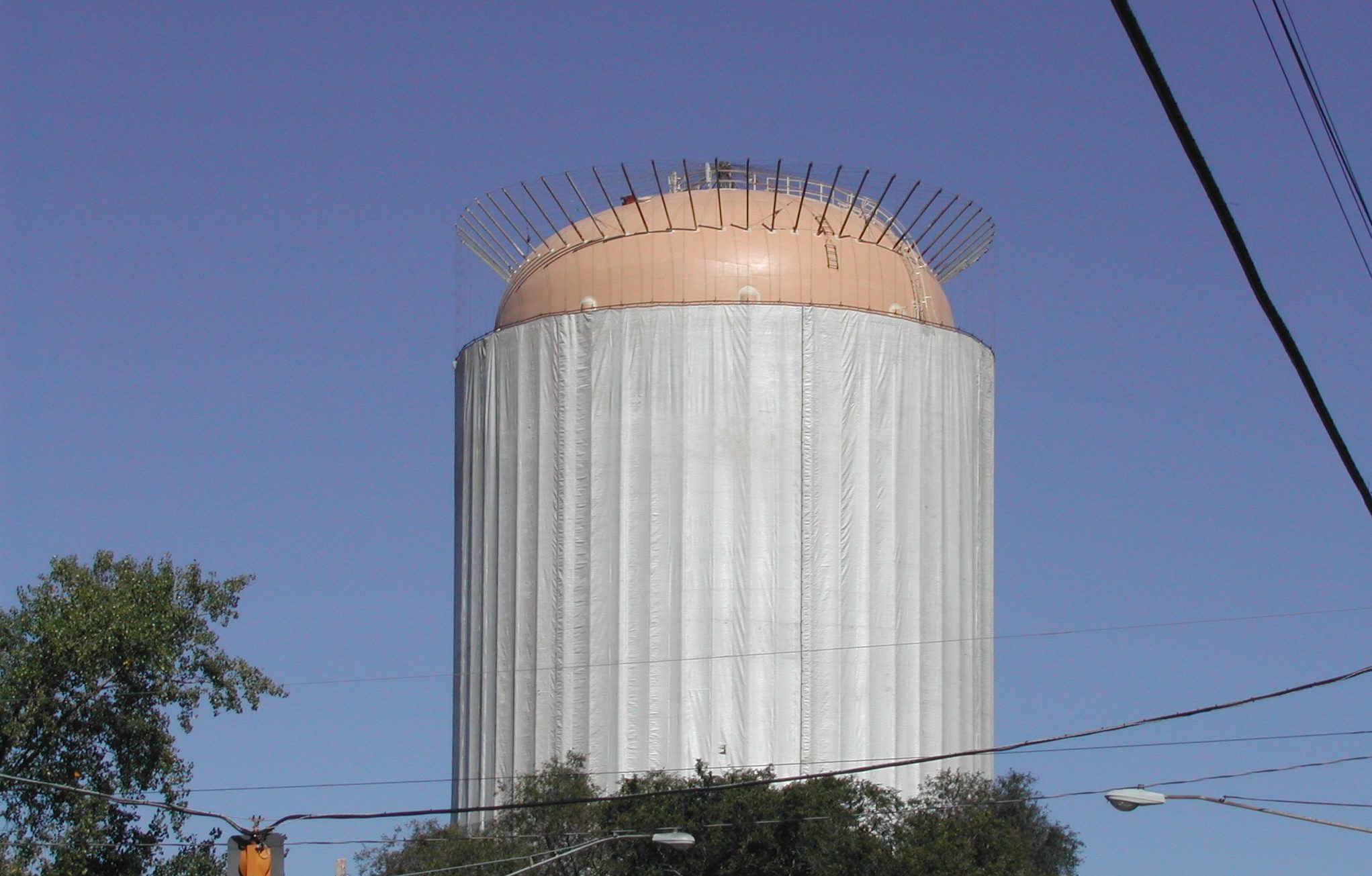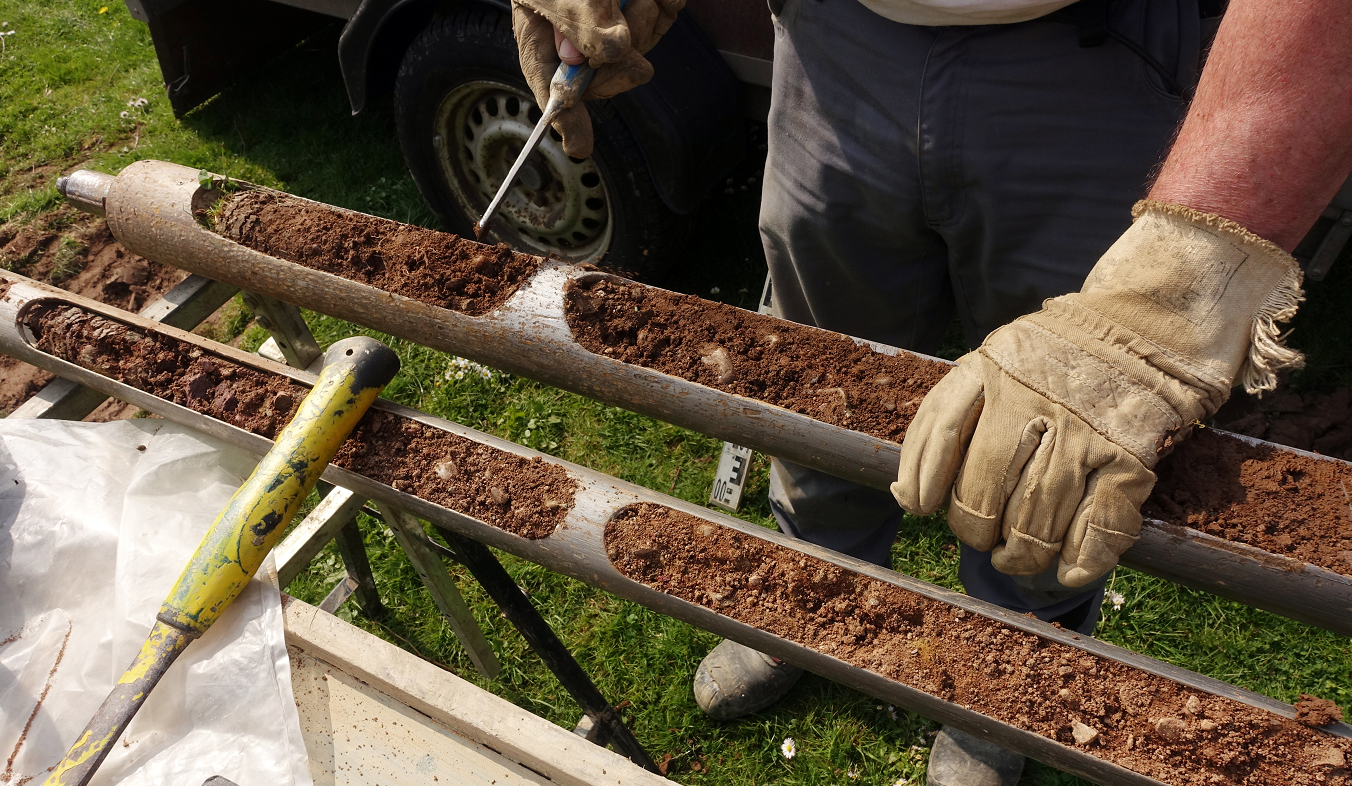
What is Lead Contaminated Soil?
Lead contaminated soil refers to soil that contains an elevated concentration of lead, a toxic heavy metal. Lead contamination in soil can occur due to various human activities and natural processes.
TDJ Group has the knowledge and expertise to aid in the treatment and disposal of lead contaminated soil. We offer a simple solution for treatment of such wastes to prevent leaching called Blastox 215. Some common sources of lead contamination in soil include:
Historical Land Use
Soil can become contaminated with lead through historical land uses, such as industrial activities, mining, smelting, and the disposal of lead-containing waste materials.
Lead-Based Paint
Lead-based paints were commonly used in homes and buildings before the 1970s. As these paints deteriorate, they can release lead dust and chips into the soil around structures.

Battery Recycling
Improper disposal of lead-acid batteries, such as car batteries, can result in lead contamination of soil in the vicinity of recycling facilities or landfills.
Agricultural Practices
The use of lead-based pesticides or fertilizers in agriculture, as well as the disposal of lead-containing agricultural equipment, can contribute to lead contamination in agricultural soils.
Landfill Disposal
If the soil is heavily contaminated or treatment is not feasible, hazardous landfill disposal may be the most suitable option but very expensive. Using Blastox 215 allows prevention of metal leaching into the ground water. This will allow for local non hazardous disposal saving large amounts of money on the back end.
Disposal Services
Engage licensed waste disposal companies experienced in handling hazardous materials, including contaminated soil. They can assist with transportation, treatment (if applicable), and disposal in accordance with regulations.







